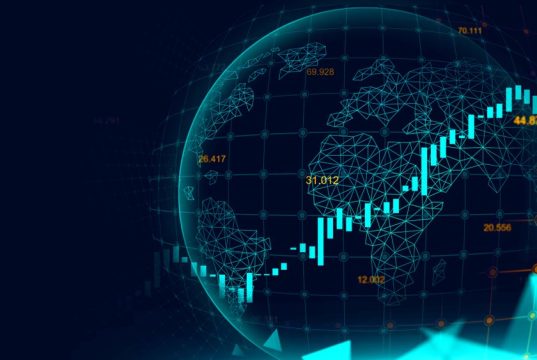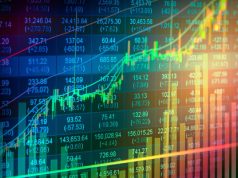The Ticking Time Bomb: Navigating the Inevitable Global Debt Crisis

Imagine standing at the edge of a colossal financial abyss, the ground crumbling beneath your feet. That’s precisely where the world stands today, on the precipice of a debt crisis so severe it threatens to swallow global economies whole. Remember the 2008 financial meltdown? That would seem like a gentle hiccup compared to what’s brewing on the horizon.
Let’s pull the curtains back on the stark reality: Global debt is skyrocketing, with countries from the United States to Japan racing towards fiscal chaos. As of 2021, global debt surged to an eye-watering $281 trillion, according to the Institute of International Finance. That’s more than 355% of world GDP!
But where does this lead us? History doesn’t just whisper; it screams warnings. We’ve seen this narrative unfold in Greece’s economic turmoil and Argentina’s default saga. When national debts go unchecked, economies don’t just stumble; they crash.
The Domino Effect of the Debt Bomb
Consider this: The U.S., the world’s largest economy, is drowning in over $28 trillion of national debt. But who holds this debt? Countries like China and Japan. When the U.S. suffers, shockwaves will ripple across the globe, destabilizing markets, currencies, and, yes, your personal investments.
The Illusion of Control
Central banks worldwide have been on a money-printing spree, trying to band-aid economies. But what happens when you pump more currency into the system? Inflation spikes. Your hard-earned money loses purchasing power. Remember the haunting tales of hyperinflation in Zimbabwe or the Weimar Republic? Real stories, real consequences.
Your Financial Lifeboat
In the face of this looming catastrophe, what’s an investor to do? It’s not all doom and gloom if you act wisely. Here are three stocks that could serve as your financial lifeboat in a debt crisis tsunami.
- The Procter & Gamble Company (PG): Consumer staples like Procter & Gamble are your safe bet during economic downturns. Why? Even in crisis, people need basic necessities. With a robust portfolio of everyday products and a history of stable dividends, PG can add a layer of security to your portfolio.
- Franco-Nevada Corporation (FNV): Gold has been humanity’s go-to safe haven in financial storms. Franco-Nevada, a leading gold-focused royalty and stream company, offers exposure to gold without the operational risks of mining companies. It’s a smart way to hedge against the market madness.
- Alphabet Inc. (GOOGL): Surprised? Here’s the truth: Even in crises, the digital world prevails. Alphabet, the parent company of Google, dominates the digital space. With a diverse ecosystem beyond search, like cloud computing and autonomous vehicles, it’s positioned to weather economic shocks.
The Final Bell
The clock is ticking, and complacency is not an option. It’s time to brace for impact and safeguard your financial future. Diversify. Be vigilant. And remember, the goal isn’t just to survive the crisis but to emerge financially stronger.
Where to invest $500 Right Now?
Before you consider buying any of the stocks in our reports, you’ll want to see this.
Investing legend, Marc Chaikin just revealed his #1 stock for 2024…
And it’s not in any of our reports.
During his career of nearly 50 years, Marc Chaikin was one of the quantitative minds behind some of the most famous investors in history: Paul Tudor Jones, George Soros, Steve Cohen, and Michael Steinhardt.
Even the Nasdaq hired him to create three new indices.
And now he’s going live with his #1 pick for 2024.
You can learn all about it on Mr. Chaikin’s Website, here.
Wondering what stock he’s investing in?
Click here to watch his presentation, and learn for yourself…
But you have to act now, because a catalyst coming in a few weeks is set to take this company mainstream… And by then, it could be too late.
Click here to reveal the name and ticker of Marc Chaikin’s no. 1 pick for 2024…
















